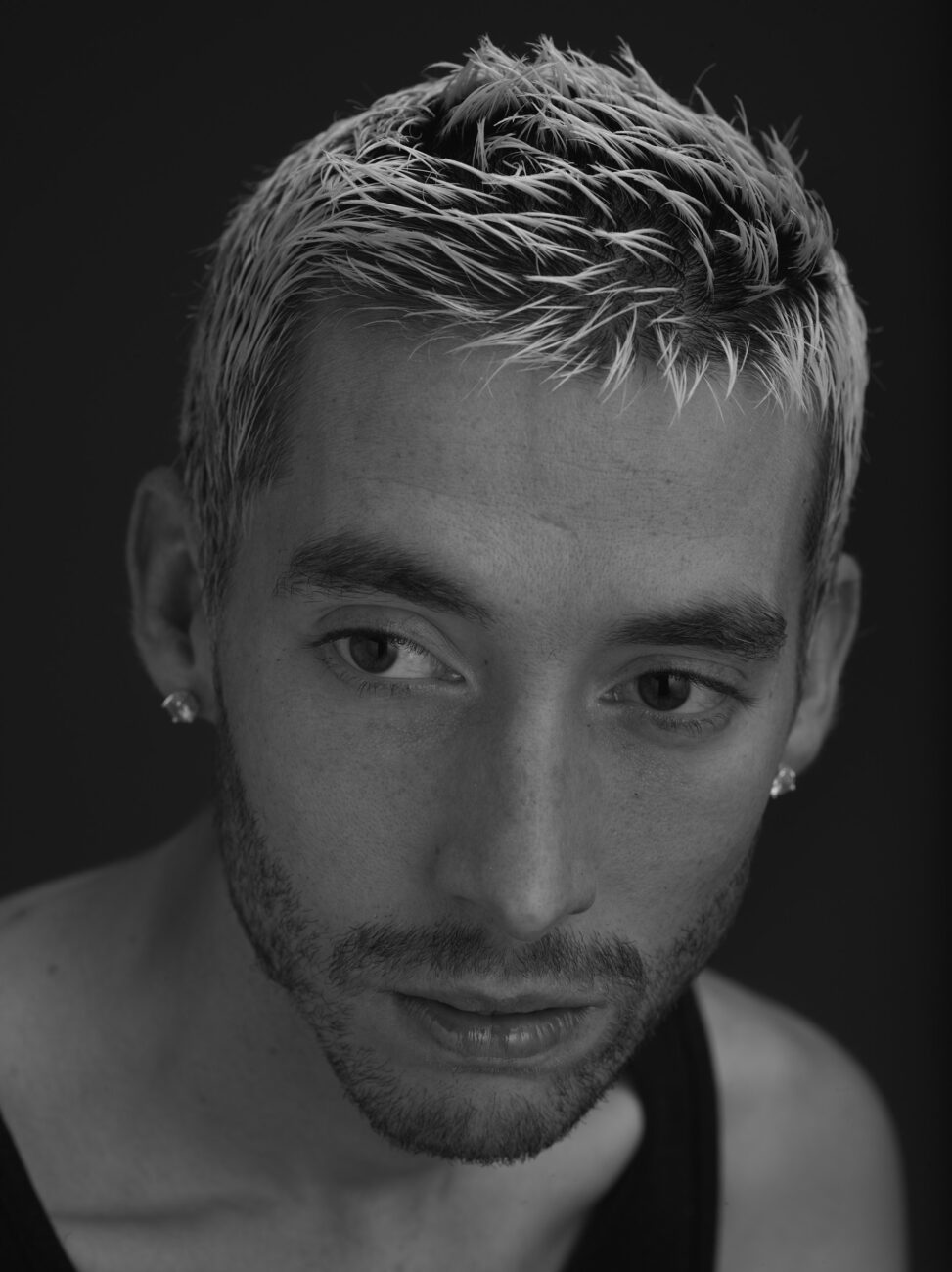Si le soleil ne revenait pas (If the Sun Didn’t Return) takes place during the winter of 1936–1937. The inhabitants of Saint-Martin d’En Haut, a small village perched high on the northern slopes of a mountain in Valais, receive an ominous prediction from the old healer Antoine Anzévui. According to his calculations, the sun will not reappear from behind the peaks at the end of winter, as it has done every year. Some members of the community are struck with dread, which manifests itself in a variety of ways: some prepare colossal provisions of wood, while others lapse into inaction and apathy. But, defying the gullible, a few characters refuse to accept the prophecy and continue to laugh. Among them, Isabelle Antide, married to Augustin, who has lost all taste for existence, inhabits the novel like a life force. In the end, she leads a small group of young people out to meet the sun, whose return they loudly announce, while Anzévui breathes his last in the half-light of his home.
Even here, where you don’t see the sun for six months, you can feel it behind the mountains, sending out in delegations its colors, which are pale pink, light yellow and russet, and with which a meticulous brushwork decorates the slopes around you.
Si le soleil ne revenait pas, 1937
Caption
David Gagnebin de-Bons, Untitled after Si le soleil ne revenait pas (1937), 2023
© David Gagnebin de-Bons/Musées de Pully
